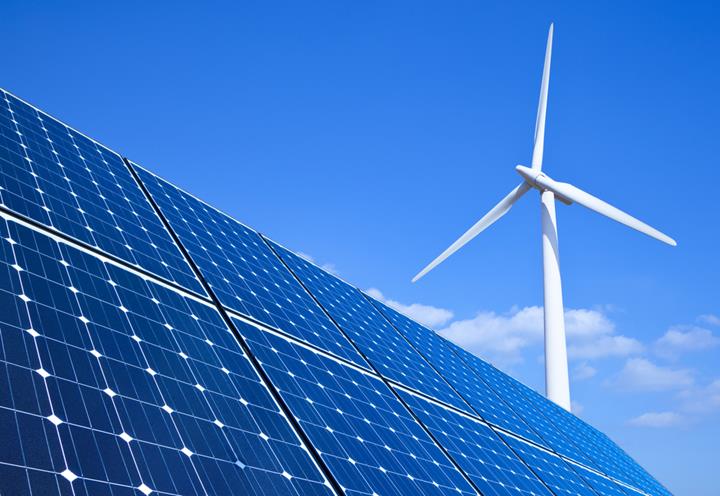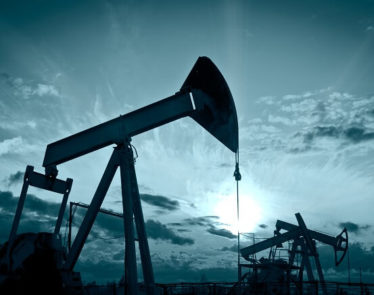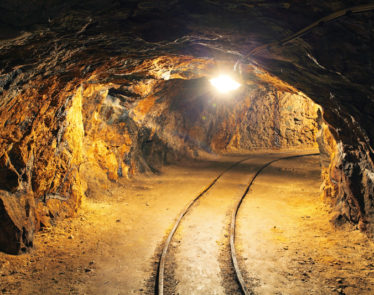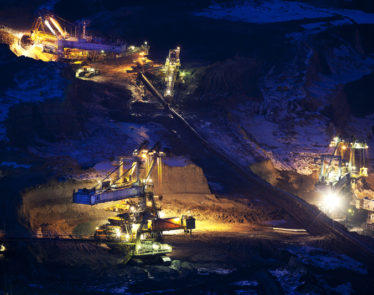
Over the years, alternative energy investments such as wind and solar power, have not performed as well as many had once hoped they would. To make matters exceedingly worse, the Trump administration has decided to resurge coal and various other carbon fuels, rather than putting an emphasis on alternative energy.
Despite the outlook that the Trump administration has taken, there is reason to believe that the outlook on alternative energy investing is actually quite good.
First and foremost, solar and wind power have become accepted within the market as of late. In 2016, the installed quantity of solar power in the United States doubled. Additionally, according to the U.S Energy Information Administration, wind is now being utilized to produce 5.5% of America’s electricity.
In the US, at least five different states take roughly 20% of their electricity needs from wind power. For example, in 2005, Kansas relied on wind power for less than 1% of its electric power. However, according to government figures, by 2016, wind power produced 29.6% of its electric power.
Interestingly, the five states that are the most dependent on wind – Kansas, Iowa, Oklahoma, North Dakota and South Dakota, are all traditional Republican states. As stated by Garvin Jabusch, a manager of the Shelton Green Alpha mutual fund, “the windiest places in the country are all red states.”
Plus most of the workers in the solar industry are in Republican states, despite the sector employing over 260,000 workers nationwide. For instance, some of the largest solar employers include Texas, Arizona, North Carolina, and Florida.
Despite President Trump being pro-fossil-fuel, if these red states continue to rely on solar and wind power, there is a chance that alternative energy investments will continue to be supported within sectors of the Republican party. Many are starting to recognize this, including the Republican governor of Kansas, Sam Brownback.
Just recently, Brownback wrote a letter to President Trump stating that “expanding renewable energy production is one of the best ways to meet the country’s growing demand for energy.” Elaborating further, Brownback notes that “the nation’s wind and solar resources are transforming low-income rural areas in ways not seen since the passage of the Homestead Act over 150 years ago.”
Most of the middle part of the United States needs wind and solar power for their electric needs. Therefore, Ryan Issakainen, ETF strategist and senior vice president at First Trust Bank, has stated that this need could help to maintain policy support for solar and wind power. “Policies that favor coal over other sources would be sound in places like West Virginia,” Issakainen states, “but if you’re in the middle part of the country where you’ve got more opportunity for wind power, you’re not going to be supportive of pro-coal policies.”
Elaborating even further on the issue, Edward Guinness, portfolio manager of the Guinness Atkinson Alternative Energy Fund, said that “the presence of wind and solar production in red states could splinter the G.O.P on Trump’s plans.”
With that said, the solar power sector has had considerable consequences for investors. According to Morningstar, the Guggenheim Global Solar ETF has lost roughly 24% a year over the last three years. Wind power has managed better, however, First Trust Global Wind Energy has lagged in the market with an annual total return of 4.95% over the last three years. For instance, the S&P 500-stock index has gained over 10% a year in the same period.
However, in regards to solar power, the economic outlook on this alternative energy investment is significantly improving. According to Richard Asplund, research director for the MAC Solar Index, “the reason solar stocks have done poorly is a big oversupply of panels, which drove down the price.” He added that pricing is already looking better for 2017 and 2018.
Largely consisting of Chinese solar panel producers, the Guinness Atkinson fund has suffered a lot of losses in the last three years. That said, it was up 5% in the first quarter of 2017. According to Guinness, “the sentiment on the sector is terrible.” He said that investors have been far too pessimistic and this negative sentiment has produced valuations “as low as we’ve seen”.
Guinness believes that a lot of the problem stems from the fact that solar power is considered to be a “heavily subsidized market”. With that said, the latest federal Investment Tax Credit cancels out solar subsidies for homes by the year 2021. In light of Trump’s recent actions, solar power will soon be competing without the support of the government. However, Guinness has stated that his fund is “excited about the transition from a government market to a nonsubsidized market.”
Following the president’s most recent actions, many find it hard to share the excitement that Guinness has for a nonsubsidized market. On the 28th of March, President Trump signed an executive order so he was eligible to rewrite President Obama’s Clean Power Plan. Chris Namovicz of the EIA notes that this plan was meant to ensure that by 2030, alternative energy investing was to become more important than coal and second to natural gas in electricity generation. If, however, the Clean Power Plan is abandoned, renewable energy sources will be third, behind coal and natural gas in 2040.
With that said, some remain optimistic about alternative energy investing. Mr. Jabusch, who is in charge of the Shelton Green Alpha Fund, has stated that abandoning Obama’s Clean Power Plan will be quite difficult. Jabusch predicts that roughly 20-24% of his portfolio is invested in companies that focus on alternative energy investing.
In particular, Mr. Jabusch is bullish on solar power. Declining prices may have hurt those who produce solar panels, but these prices have helped to expand the market. He states, “the solar companies could be 10-baggers over the next decade.”
Deriving a considerable amount of its revenues from Europe and Asia, Mr. Jabusch recommends companies such as 8point3 Energy Partners, which offers a harvest of roughly 8%.
According to Asplund, even though the Trump administration has imposed considerable problems regarding energy policies, there is no need to panic as solar power investments, or any sort of alternative energy investment for that matter, is still going to be able to prosper. To quote Mr. Asplund, “Trump is a negative for solar, but Trump by himself isn’t going to kill the solar business.”
Featured Image: depositphotos/eyematrix












